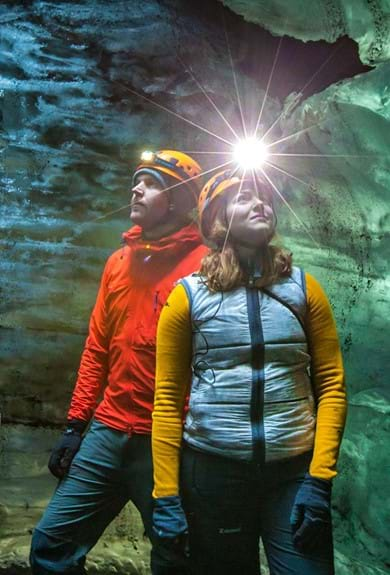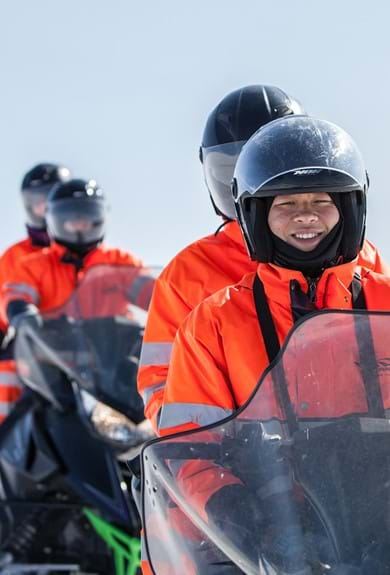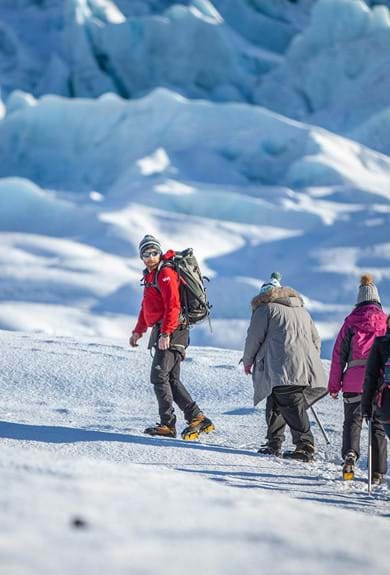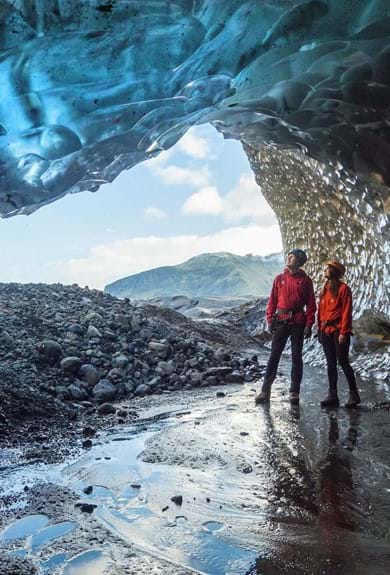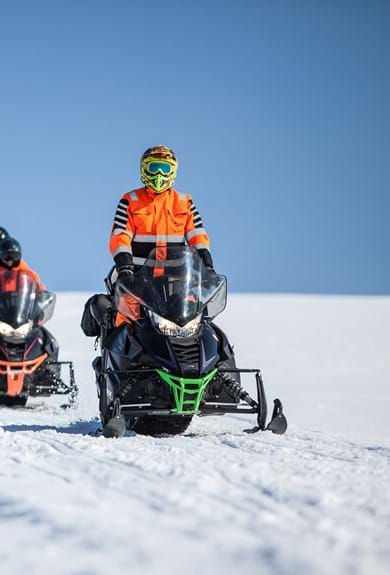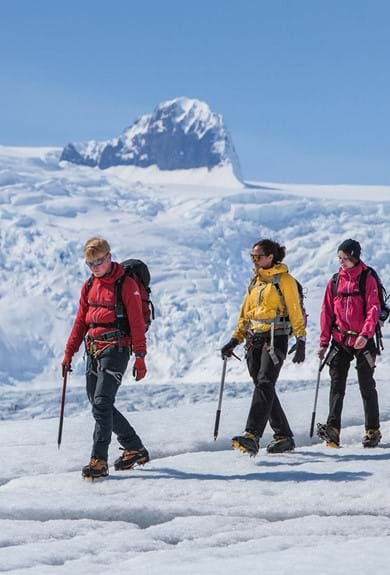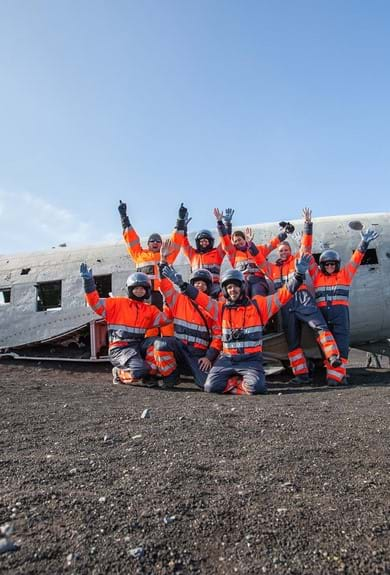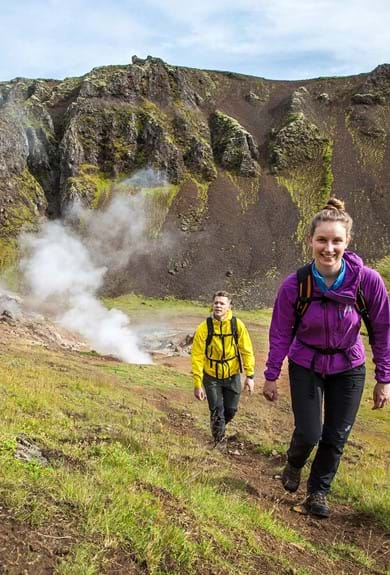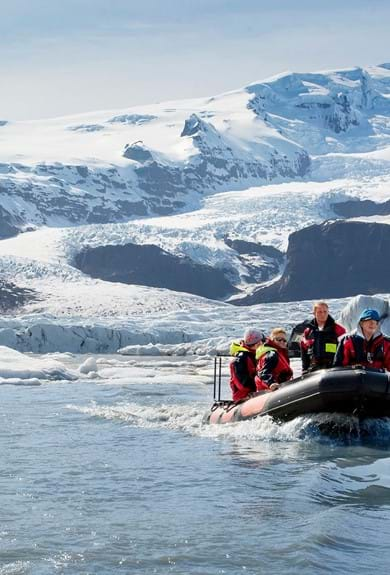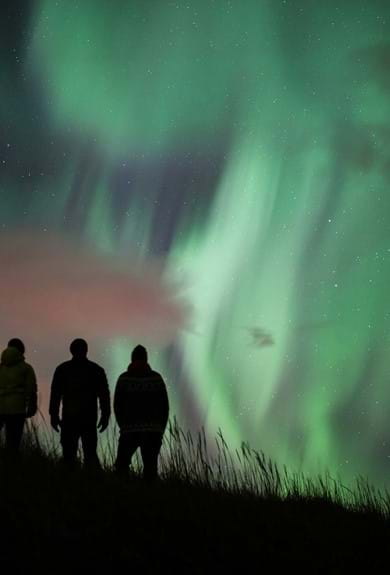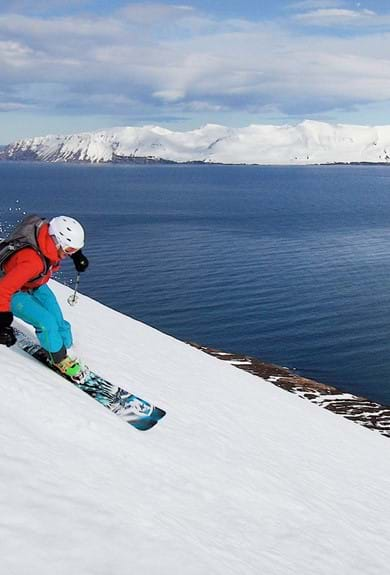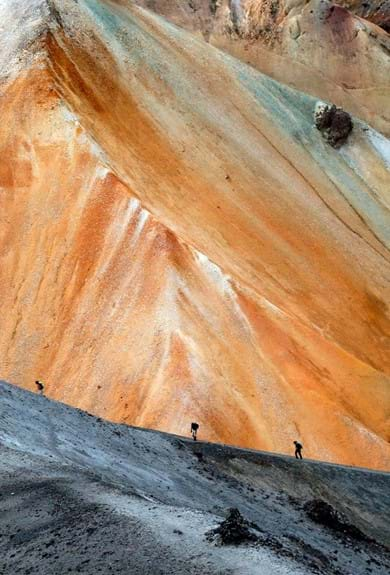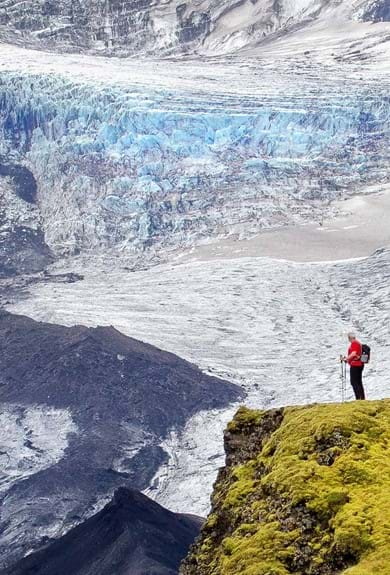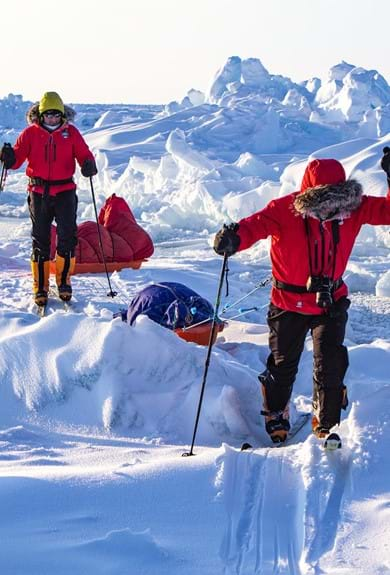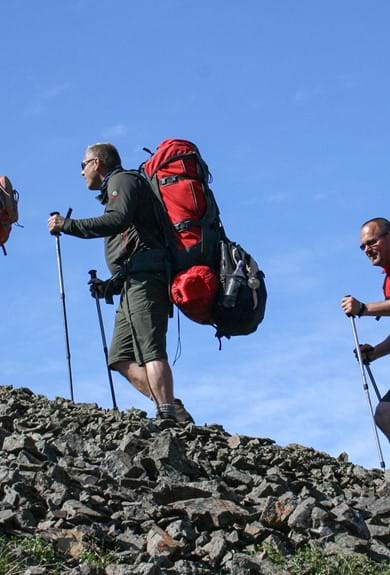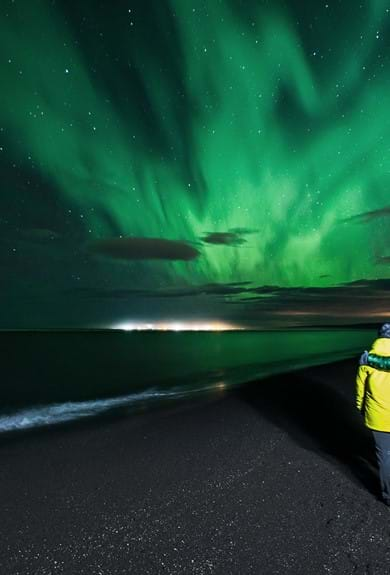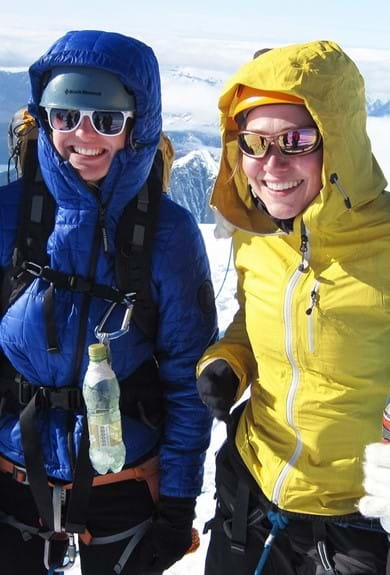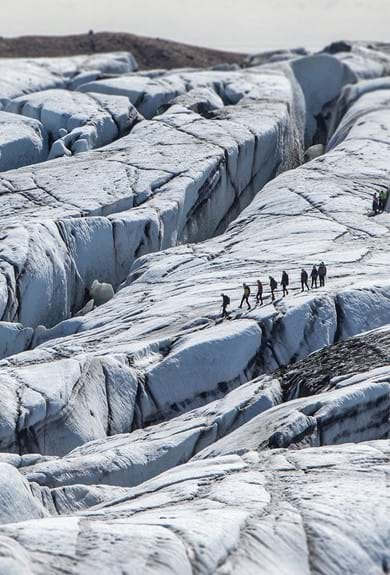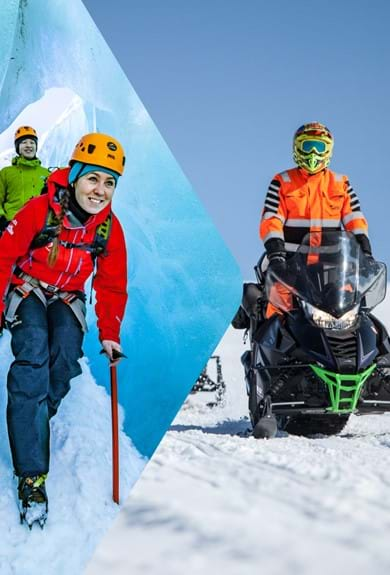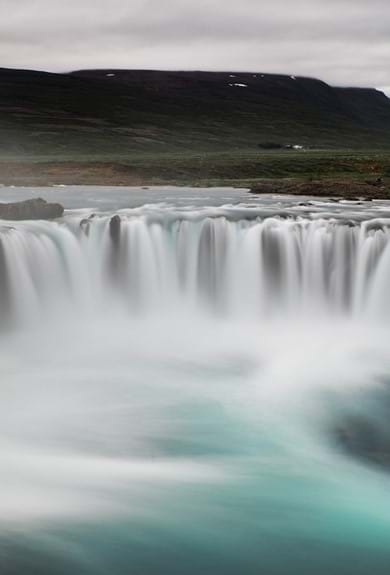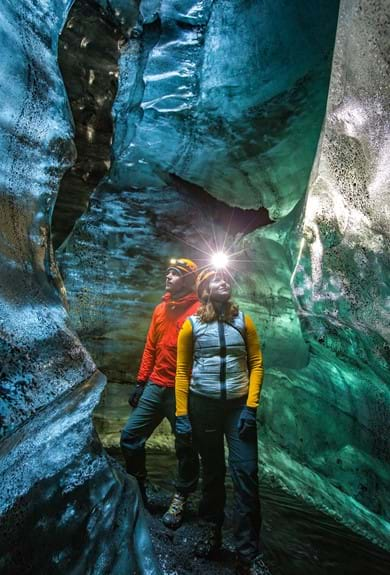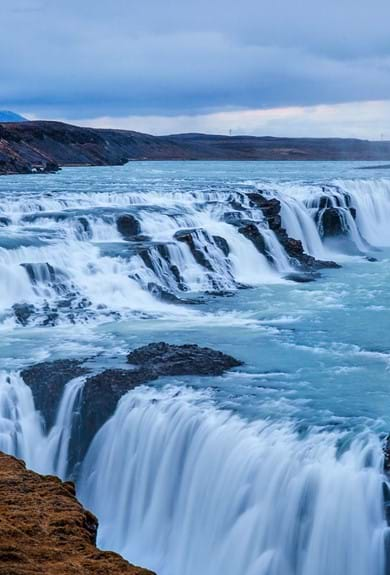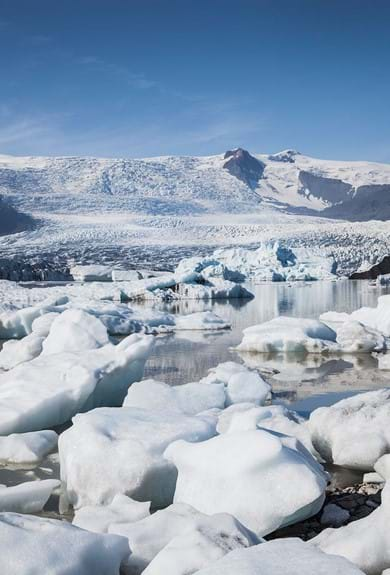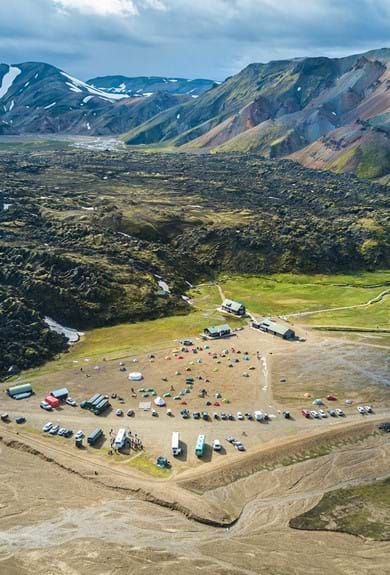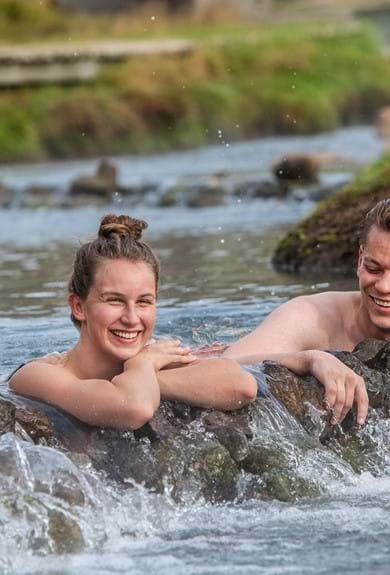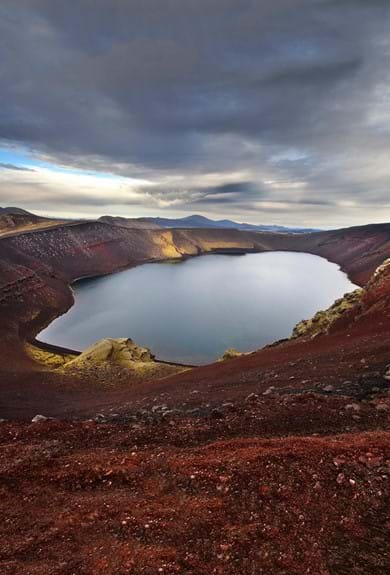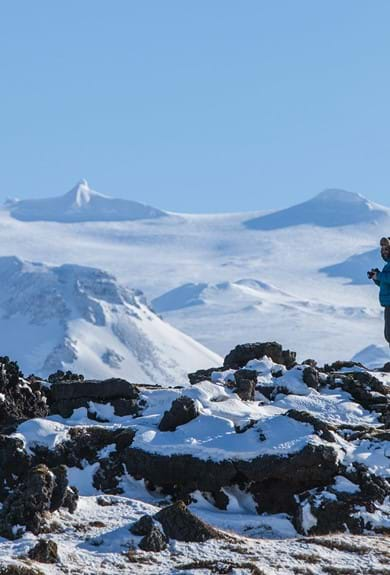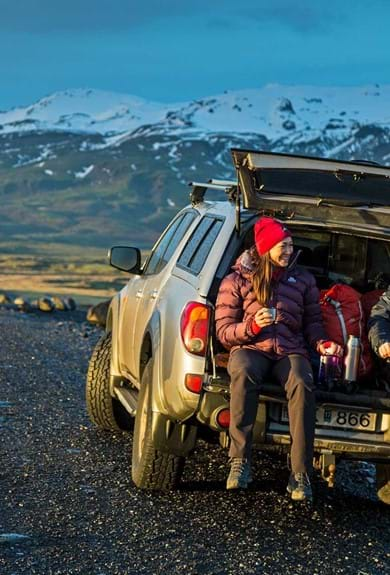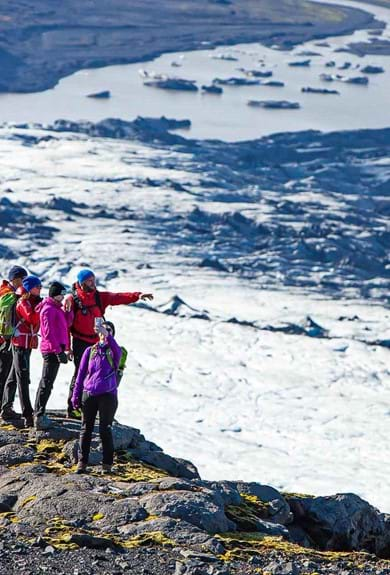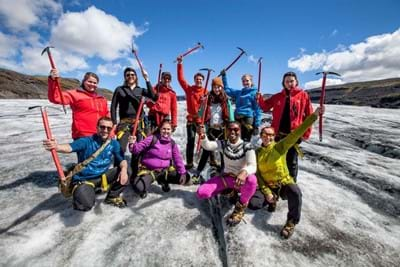Best Hiking Trails in Reykjavík
Elliðaárdalur Valley
On the edge of the city, you’ll find Elliðaárdalur, a beautiful park in nature just ten minutes from downtown Reykjavík. Enjoy rapids, waterfalls, forest trails, and rabbits roaming the area. The valley offers easy sauntering for the leisurely wanderer.
Öskjuhlíð
Even closer to the city centre is Öskjuhlíð, a picturesque pine and birch forest with an intriguing building, called "Perlan" on the top of the hill. The glass dome rests on top of six cylinder heating tanks, each one containing around four million litres of geothermal water.
The award-winning building houses a museum, planetarium, ice cave and observation deck with incredible views of the city below. From the top of the hill, visitors can enjoy spectacular views of Reykjavik and the surrounding area.
There are several hiking trails in the Öskjuhlíð forest, mostly easy walks. The paths are well-marked and maintained, making it easy for visitors to explore the area on foot.
Úlfarsfell - aka Reykjavík Summit
On the edge of Reykjavík’s eastern suburbs, you’ll find Úlfarsfell, the city’s local mountain, standing at 296 metres (971 feet). There are several routes to the top with panoramic views of west Iceland - Mount Esja, the Bláfjall mountain range, Faxaflói Bay, the Reykjanes Peninsula and in crystal-clear weather, the Snӕfellsnes Peninsula. Easy to moderate rambling.
The most popular path to the top starts from the parking lot "Skógræktarfélag Mosfellsbæjar Hamrahlíð" by Road 1. The trail starts off relatively easy, but as it progresses, the incline becomes steeper, and hikers need to be prepared for a short but more challenging ascent. it's easily walkable in summer.
Seltjarnarnes Peninsula
Head a few minutes northwest of downtown Reykjavík to experience the city, mountains and coast on Seltjarnarnes Peninsula. Surrounded by sea on three sides, you can walk the coast to the tidal island of Grótta with its soaring lighthouse (tides permitting). The peninsula is a great spot to watch the sunset - and the northern lights after dark - in the right conditions. Great for an evening stroll.
Viðey Island
Videy Island is a beautiful hiking location just off the coast of Reykjavik. It's home to several hiking trails that wind through its rugged landscape. The paths are well-marked and offer a range of difficulty levels, from easy walks to more challenging hikes.
One of the most popular hiking trails on Videy Island is the trail that leads to the Imagine Peace Tower, a memorial to John Lennon that was created by his widow, Yoko Ono. The trail offers stunning views of the surrounding landscape and takes hikers through some of the island's most scenic areas. The trails are great for wildlife enthusiasts too. Leisurely rambling for the art enthusiast and bird lover.
The ferry terminal is easily reached with the city’s buses and is free to use with the Reykjavík City Card! There are regular summer sailings from Skarfabakki and Ægisgarður. Winter sailings are from Skarfabakki and only run at the weekend.
